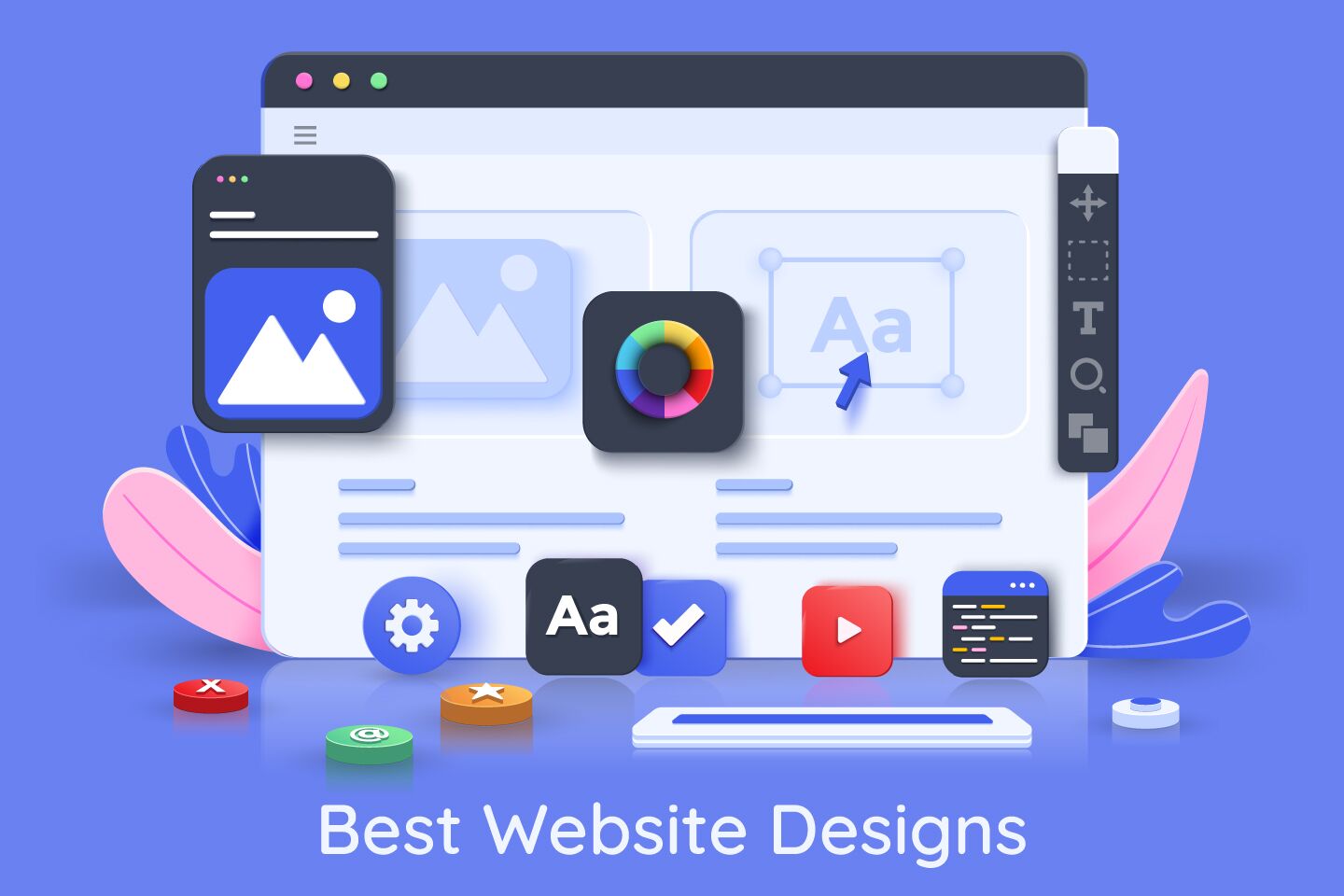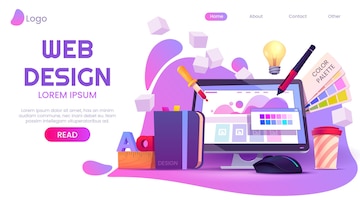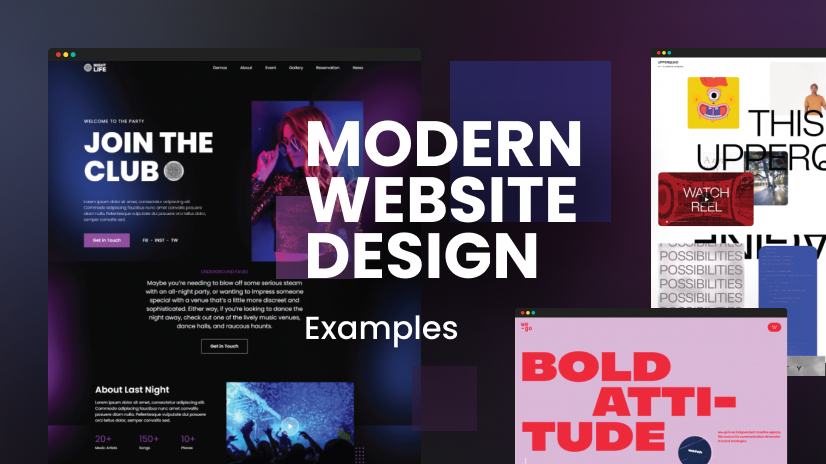Leading Tips for Developing an Impactful Website Style That Converts
To accomplish this, one need to consider a variety of variables, including comprehending the target audience, prioritizing individual experience, and optimizing for mobile platforms. The strategic usage of engaging call-to-actions and a distinct visual hierarchy plays an essential duty in assisting individuals through their trip.

Understand Your Target Market
Recognizing your target market is essential to effective internet site style, as it lays the groundwork for creating an appealing individual experience. Identifying that your individuals are, including their demographics, preferences, and actions, allows designers to customize the site's material, layout, and functionality to satisfy details requirements.
Performing detailed market research study is important in this procedure. Surveys, meetings, and analytics can offer beneficial insights right into user expectations and discomfort points. By compiling this information, designers can develop user characters that represent different sectors of the audience, making certain that design choices are informed and pertinent.
Furthermore, recognizing the target audience aids in choosing ideal design aspects such as color design, typography, and images that reverberate with users. A web site that talks straight to its target market fosters a feeling of link and count on, encouraging longer sees and higher conversion prices.
Inevitably, a user-centered method to web site layout not just enhances individual contentment but additionally supports company purposes by driving engagement and loyalty. By prioritizing the requirements and choices of the target audience, a site can effectively offer its objective and attain desired results.
Prioritize Customer Experience
To enhance the total efficiency of a site, prioritizing individual experience (UX) is crucial (Website Design). A properly designed UX ensures that visitors can browse the website easily, discover info rapidly, and engage with content meaningfully. This results in enhanced individual contentment and greater conversion rates
Begin by executing user-friendly navigation. Menus ought to be realistically structured, allowing users to situate vital locations of the website with very little effort. Consistency in layout components, such as color design and fonts, fosters knowledge, which is crucial for keeping customer interaction.
Furthermore, consider the loading rate of your web site. A delay of just a few secs can cause considerable drop-offs, as users are much less most likely to wait for a slow-loading web page. Enhancing pictures and enhancing code can improve performance and retain site visitors.
Additionally, clarity in material discussion is vital. Usage concise, appealing language and separate text with visuals to enhance readability. By focusing on user experience, you not only produce a more satisfying setting for visitors however additionally strengthen your brand name's credibility. Eventually, an emphasis on UX is a financial investment in the long-lasting success of your web site.
Optimize for Mobile Gadgets
Maximizing for smart phones is essential in today's digital landscape, where a boosting variety of individuals accessibility internet sites via smartphones and tablets. A mobile-friendly design not only enhances user experience however likewise plays a considerable function in enhancing internet search engine positions. To attain this, it is vital to adopt a receptive design that instantly adapts to different screen sizes and positionings.

Loading rate is an additional important element; mobile users are typically much less client and expect quick access to information. Optimize photos and take advantage of browser caching to boost performance. Examination your site on multiple tools and screen resolutions to identify and remedy any prospective usability problems. By prioritizing mobile optimization, you make sure that your website stays competitive and properly engages a more comprehensive audience.
Use Engaging Call-to-Actions
An internet site's effectiveness commonly depends upon its ability to assist site find here visitors towards browse this site preferred activities, making compelling call-to-actions (CTAs) vital parts of layout. CTAs serve as the critical factors that route customers to involve with the site, whether that implies purchasing, authorizing up for an e-newsletter, or downloading and install a resource.
To create efficient CTAs, clearness is vital. Use concise language that clearly communicates the action you want the individual to take. Phrases such as "Start," "Join Free," or "Store Now" not just share necessity yet also eliminate ambiguity. The placement of CTAs is equally important; they should be tactically positioned throughout the web page to guarantee they are conveniently visible, particularly in high-traffic locations.
In addition, the style of CTAs ought to stick out without being meddlesome. Employ contrasting shades and clear typefaces to guarantee they catch attention. Furthermore, consider using directional cues, such as arrowheads or pictures, to assist users toward these switches. By concentrating on these aspects, organizations can significantly boost customer interaction, driving conversions and ultimately attaining their web site's goals.
Focus on Visual Power Structure
Efficient internet site style relies heavily on a well-structured visual pecking order that overviews individuals through material seamlessly. By arranging components in a way that focuses on information, developers can improve user experience and assist in decision-making. This involves using dimension, color, contrast, and spacing purposefully to draw interest to one of the most crucial components of a web page.
Making use of larger typefaces for headings and subheadings establishes a clear distinction in between various sections, enabling individuals to check content effortlessly. In addition, using contrasting colors for switches and calls-to-action can record user attention and motivate communication. Whitespace is one more necessary component; it avoids mess and makes it possible for customers to focus on essential messages without disturbances.
Images and graphics ought to match the message while also adhering to the recognized pecking order, strengthening the total message (Website Design). Uniformity in layout components, such as color design and internet typography, additional reinforces the visual hierarchy, making navigation intuitive

Final Thought
In final thought, effective internet site style requires a thorough understanding of the target audience, prioritization of customer experience, and mobile optimization. Ultimately, a well-executed web site layout offers as an essential part in driving user activities and achieving business objectives.